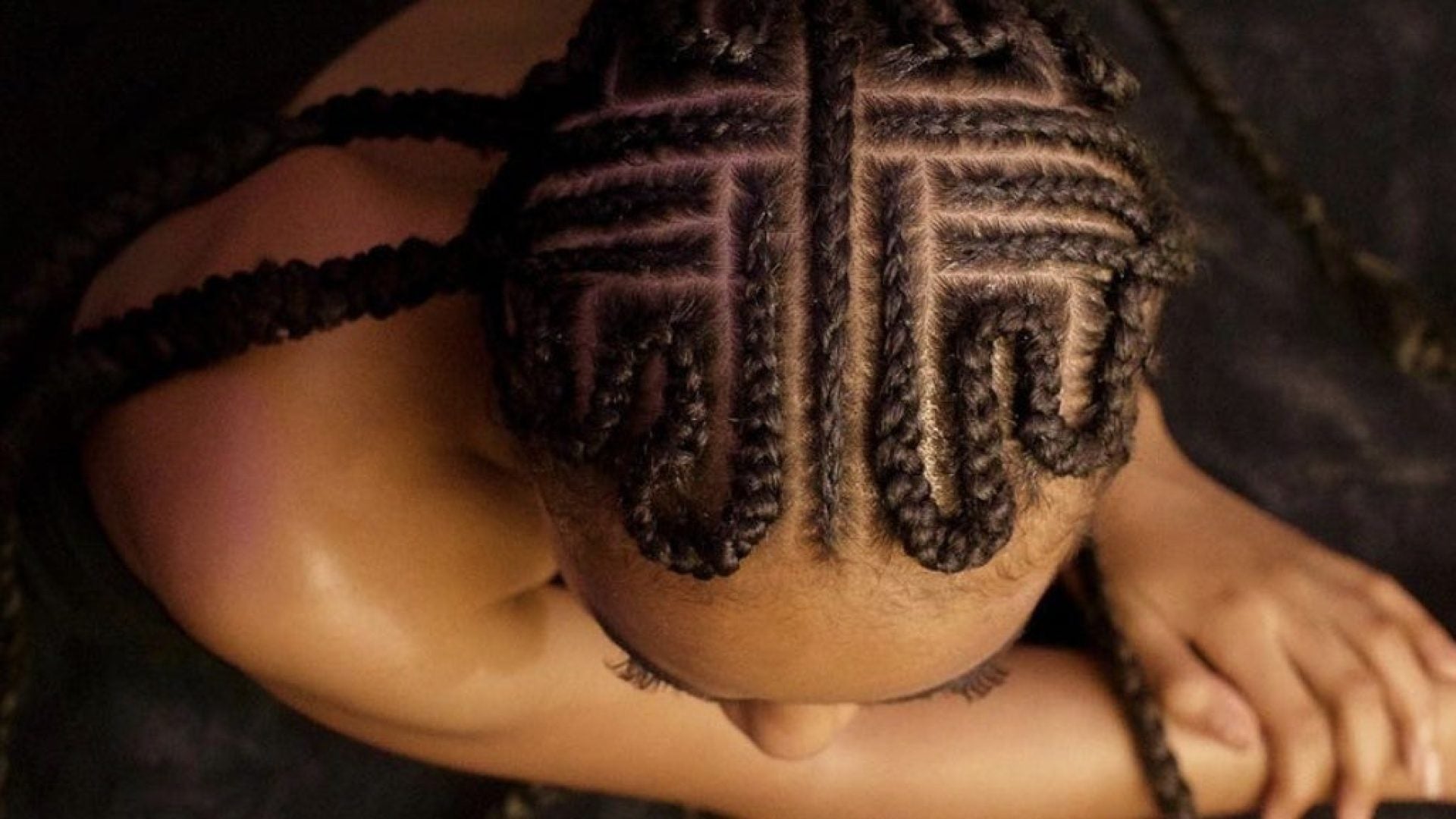
Braiding traditions across the African diaspora both predate and defy the colonial confines set forth to erase and subjugate Black communities. Intricate cornrows in particular—whether they are the stitch, lemonade, fulani, or other variety—possess a long and important history within Black culture. One of freedom, creativity, and connectivity.
The many purposes of cornrow designs from pre colonial communities to slavery and beyond have been well-documented. On the continent, specific styles were used to delineate tribes, ethnic groups, and even hierarchical social order within such groups. Throughout the middle passage, it has been said that our ancestors wove familiar items such as beads, shells, or even seeds and grains from home into their braids, to keep with them along their journeys. During slavery in the Americas, complex designs were woven across enslaved people’s heads to deliver messages and outline escape routes to freedom. As we travel through time, these braid styles have been preserved, adapted, and often reclaimed by Black communities across the world to keep our history and culture alive.
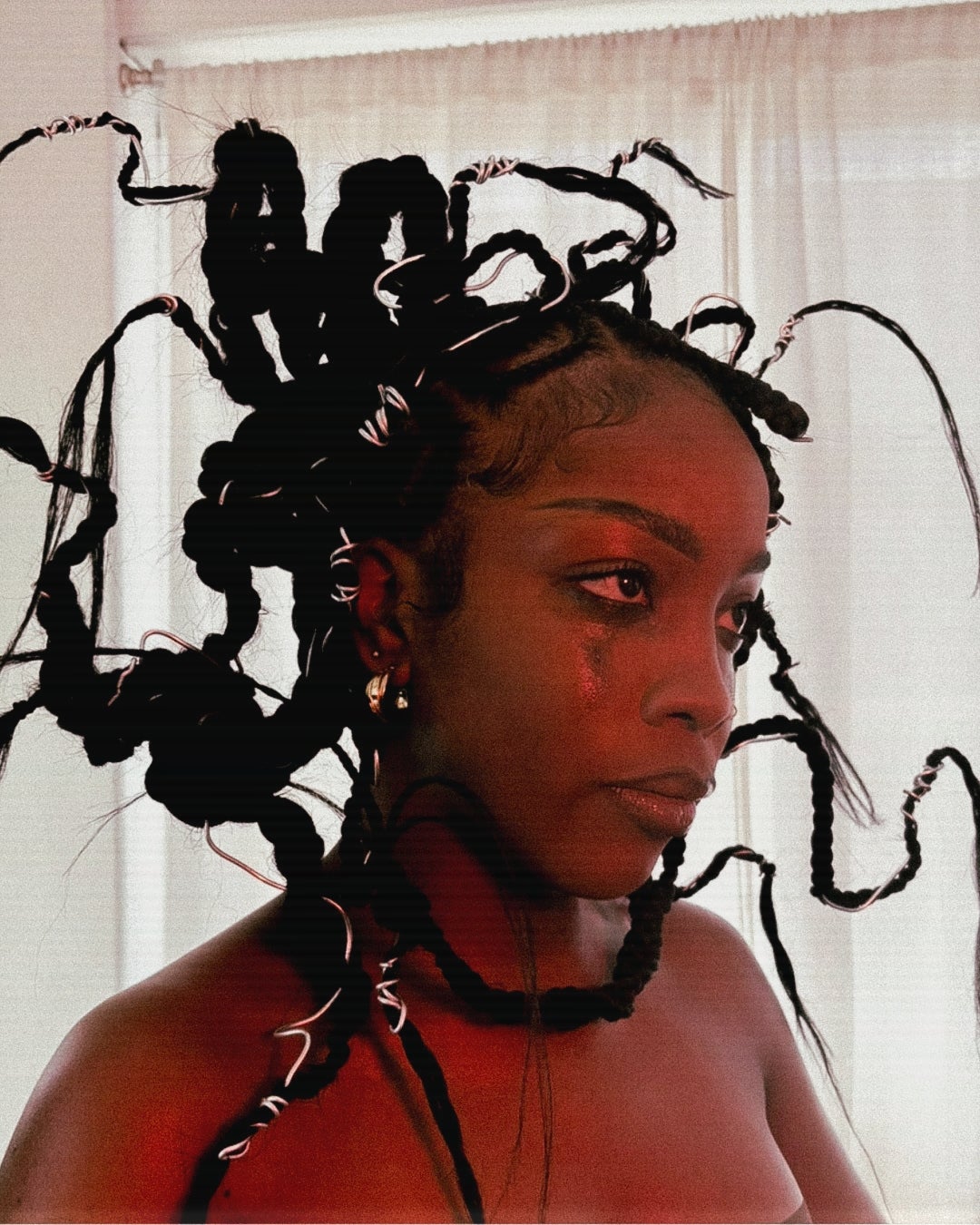
“Braiding is more than a job, it’s an art form,” as LA braid artist Mikayla Everett—who learned about braiding from a young age via her Belizean grandmother—states. She’s allowed this artform to foster her own creative exploration. Fashioning sculptural figures out of braids, she utilizes them as storytelling tools for her artistic projects and community-building.
NYC braid artist Assanatou Dembele speaks to this art form in her own words, appreciating the ritualistic nature of the practice, “I love the consistency in braiding. No matter the design or direction—that rhythm doesn’t change. There’s a peace and power in that process that never gets old,” Dembele—who first started braiding at the age of 13, after spending time in her Malian-born mother’s shop in Macon, Georgia—says. “Even the partings tell a story. It’s high-fashion, editorial, and experimental.”
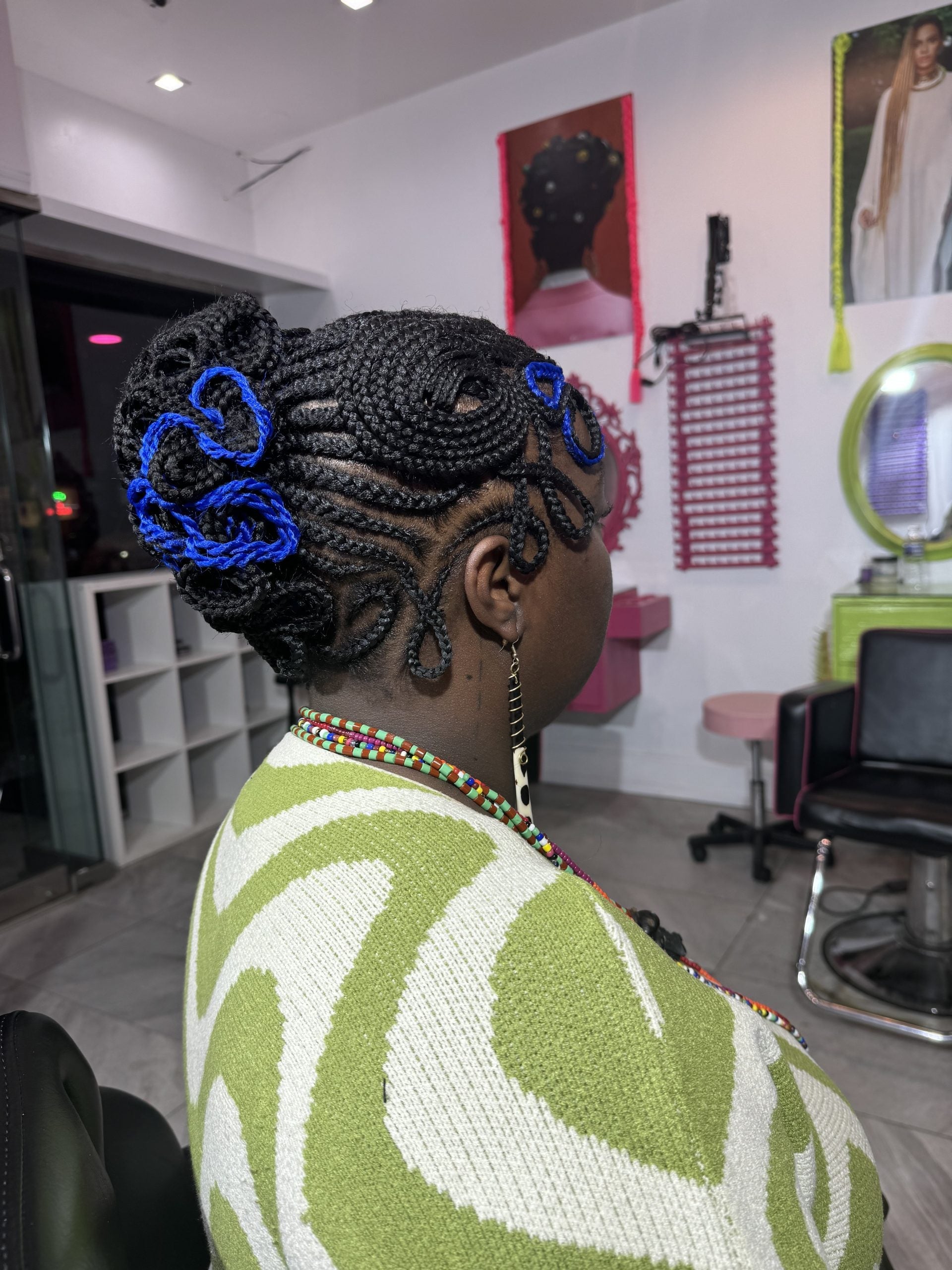
Growing from the communal staples of the barber shop and hair salon, they have witnessed how powerful and needed these social spaces can be, especially today as society loses accessible gathering spaces. “Braiding preserves not just styles—but bonds, stories, and traditions,” Dembele reflects. Everett points out that in this field of work, you are in close proximity with your client, “doing their hair, touching their crown,” for such an extended period of time, that the action produces more than a protective style but an opportunity to express creativity and identity through a shared, safe space.
This communal aspect may be the most resonant element for Tianni Graham, a Long Island-bred Afro-Honduran, African American woman whose entire identity and creative expression was fostered through braids at a young age. Being one of the blessed ones among us whose mothers could really braid, Graham was always the girl on the schoolyard with ever-changing braided designs. This shaped her creative expression and individuality, translating to other beauty and style practices, and ultimately developed an interest in the fashion world, professionally. Immersed in a community of boldly expressive Black women across the diaspora from the American South, to the Caribbean and beyond, encouraged her to be unapologetic and experimental in her own presentation. “I’ve always seen my body as a canvas, so I always use braids as vessels to express myself creatively. I love the endless possibilities,” she begins, “just not feeling limited and to know that this is something so uniquely Black.”

She also speaks to observing the incredible skill set needed to accomplish these designs and how that translates to other forms of creativity. “I go to Harlem to get my hair braided by Senegalese people. They are very detail-oriented and a lot of them are master tailors too. I feel like that goes hand in hand, the weaving and the stitching.” Graham makes this comparison, as a keen-eyed fashion professional — occupying the role of Principal Archivist for luxury label Thom Browne, she applies her reverence for the art of detailed braiding to other aspects of her life.
Together with Demebele and Everett, Graham makes note of the larger connections and influences artistic braids have in larger society. As a child, her go-to style of choice was the “Allen Iverson’s,” because of the zig-zag pattern. She describes how much of a trend the professional athlete set during his prime, and the confidence it gave children like her. “I felt very fly, like nobody was touching me. I also had cousins and god sisters who did crazy designs with colors. They were always the coolest people, the round away girls. But later on, when I would go outside of that community, it would be seen as ghetto, loud, unprofessional, or attention seeking.”
The three women separately touch on this contention in society, pointing to discriminatory practices that led to policies like the CROWN Act. While the embrace of braid styles in media have recently found Black women sporting them across red carpets, weddings, and runways, this was not always the case. Graham shares how at the beginning of her career, she stepped away from such styles due to the corporate environments, and it wasn’t until her role at Thom Browne, an environment that encourages creative expression, that she embraced her favorite styles again. To this point, each of the women discuss how Black hair in any form, but particularly expressive forms, is a practice of taking back freedom.
“These styles, outside of self expression, act as an active or a visual protest against what the norm or standard is for in this society, especially in the US, where there’s often one way people deem acceptable. We know this to be true, because they have to pass so many acts, especially within schools where they were banning certain hairstyles and punishing children,” Everett offers. “It’s an act of rebellion, knowing that who you are and the way you present in this world is more than okay.”
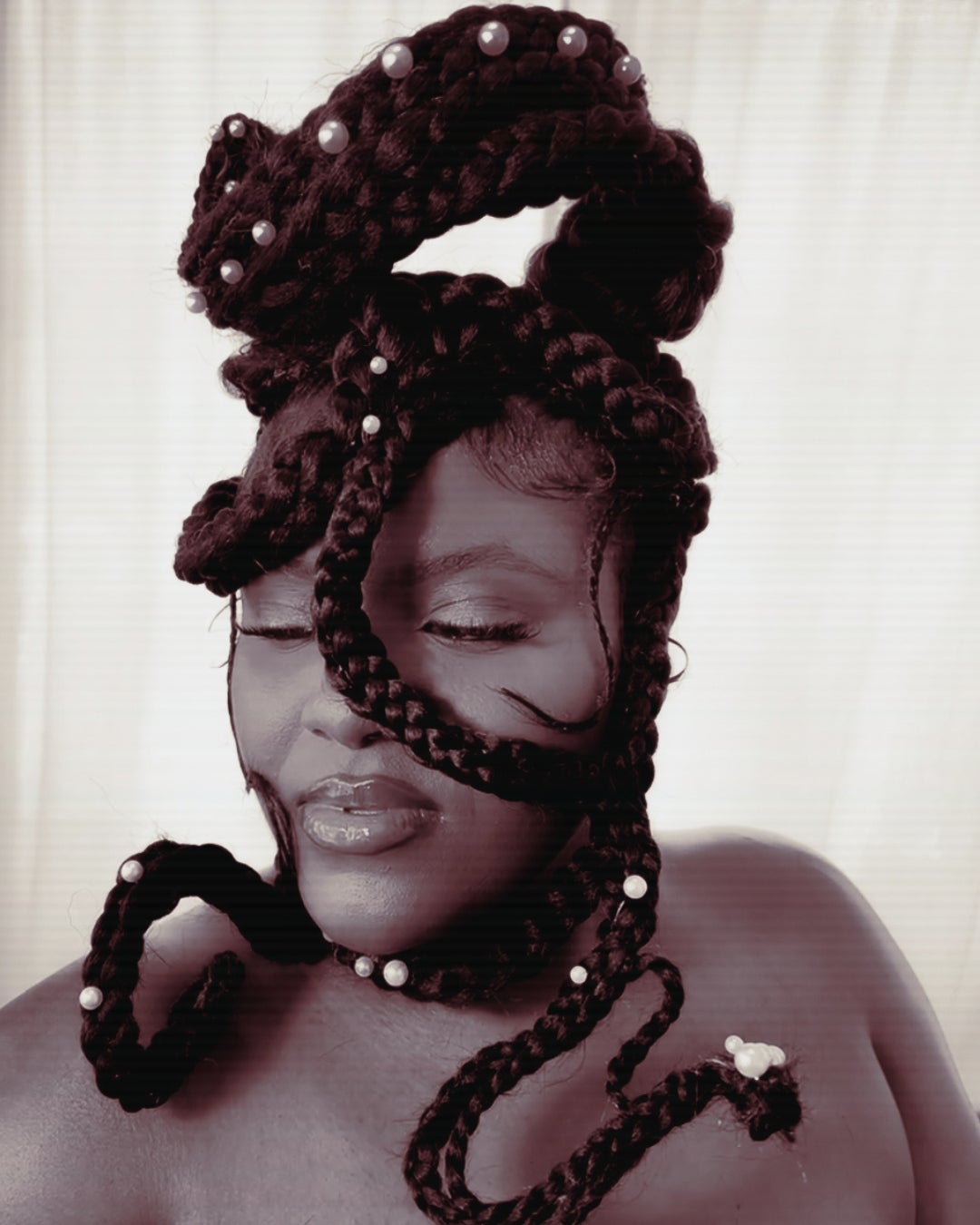
To Dembele, “braids are freedom. Freedom to show up as you are and take care of your hair in a way that honors you. For Black people, especially Black women, choosing to wear our hair in its natural state or traditional styles is a form of resistance and liberation.”
Recognizing the complex relationship Black people have with our hair due to societal standards, discriminatory practices, and the like, Dembele and Everett are intentional in the ways they speak life into their clients. As these intricate styles can feel a lot more vulnerable and creatively risky, it allows the client to fully sit in the unique artistic expression that is Black ingenuity without shying away from or shrinking it for an audience’s comfort. They attest to the confidence peak in their clients post-appointment, “the glow they have when they leave? It’s everything. I love watching them recognize who they are,” Dembele shares.
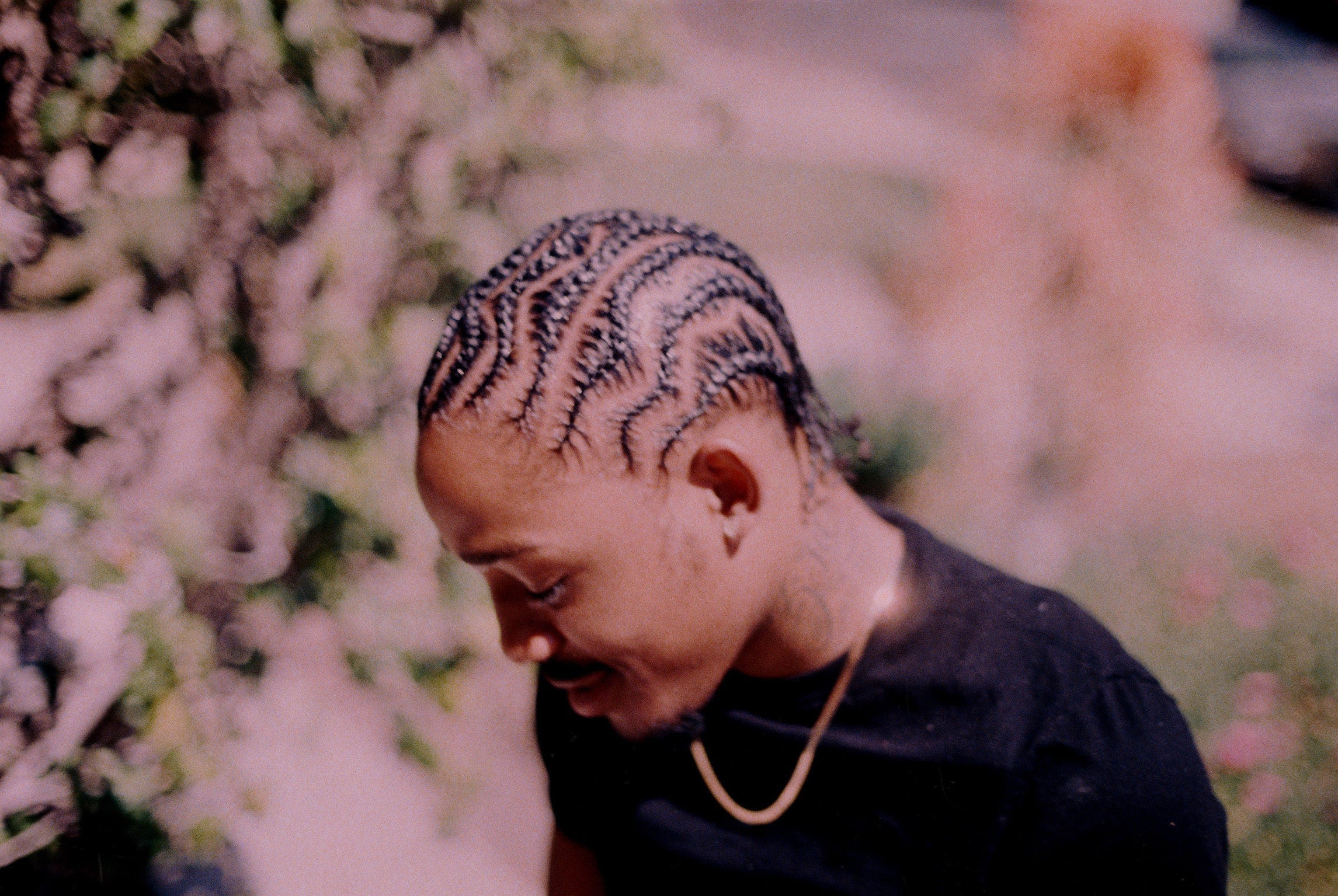
In the context of a holiday like Juneteenth, which exemplifies freedom and cultural pride, we collectively meditate on the ways elaborate braiding practices connect and encourage a universal Black experience that we hold with great importance.
Diasporic hair traditions function as a language exchange, wherein the global community is constantly communicating, learning, and inspiring each other through techniques and styles. “It creates solidarity between us, because it’s understood that this is ours,” Graham says, and briefly touches on how similar styles across the globe are also proof to our influence and exploration that predates and transcends colonial-sanitized history.
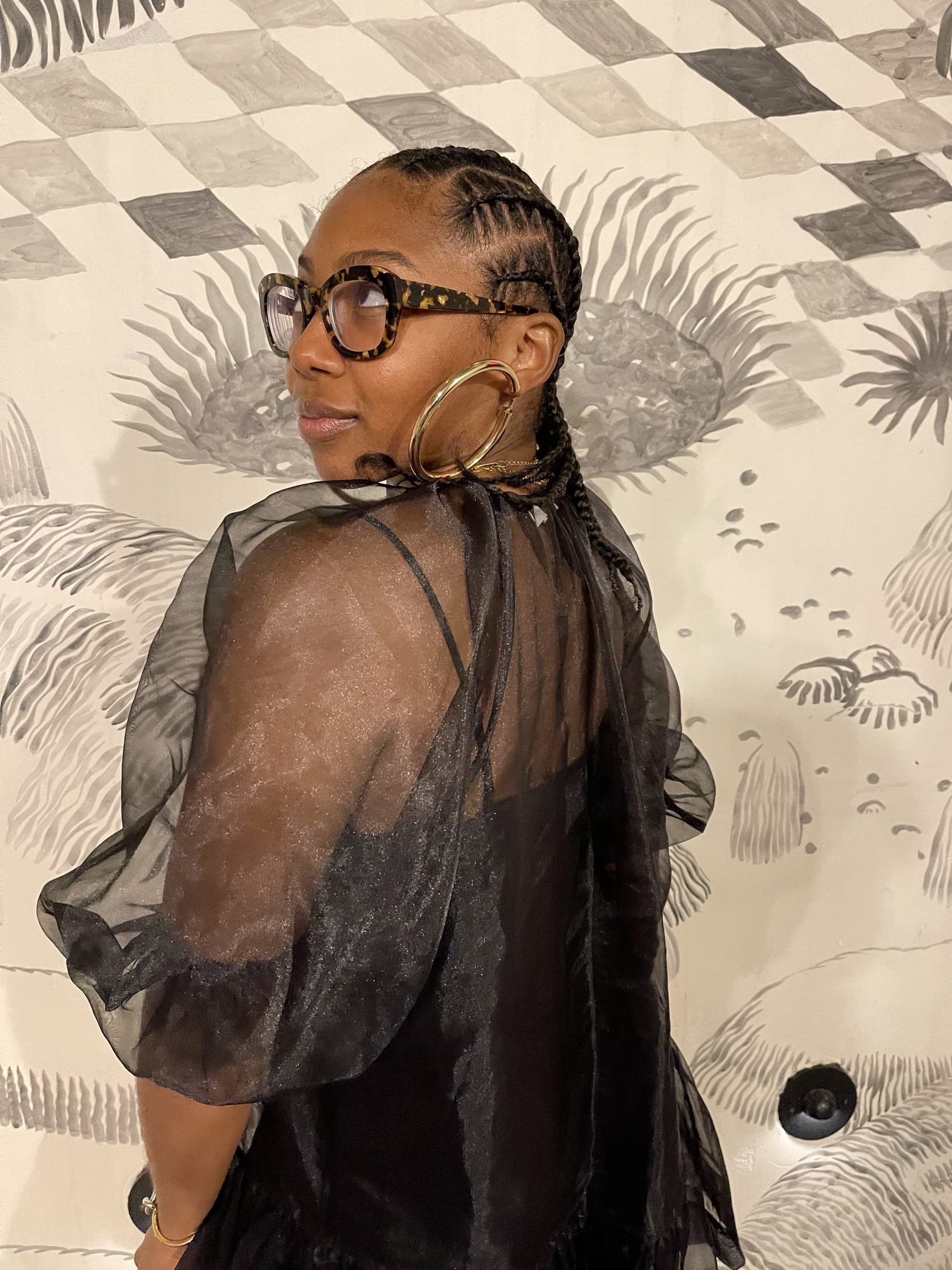
Try as they might to stifle, erase, or even co-opt these braiding styles (see: Kim Kardashian’s “Bo Derek” braids), mainstream society will never be able to replicate the talent and significance that comes with hundreds of years of culture and art.
Dembele poignantly tells me, “Cornrows and braids are sacred; a bridge between the past and the present. They carried maps, stories, and survival strategies through history. Today, they still carry pride, creativity, and resilience,” she says. “Across the diaspora, these styles connect us even if we speak different languages or live in different countries. They say, ‘We’re still here. We’re still us.’”